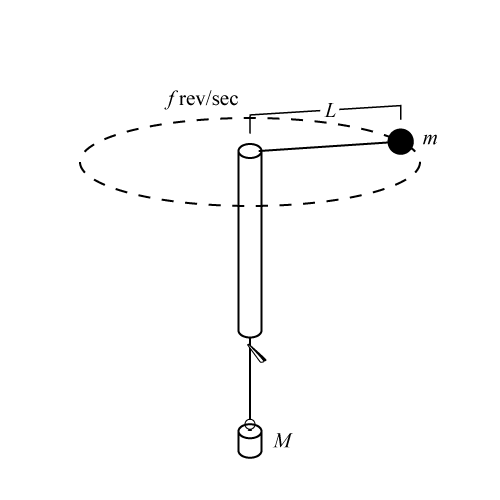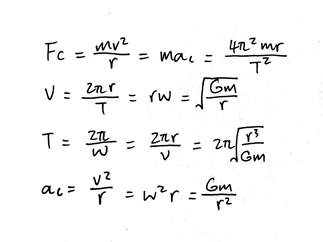

Excel has now drawn the line of best fit for your points and has shown you the equation of that line. Then click on the Options tab at the top and click on the box that says Display equation on chart. In the top menu, go to Chart Add Trendline. Excel will show a graph of your data points. In the menu at the top of the screen, go to Insert Chart. Use the mousepad to highlight the numbers that you entered.


Next to that, in the second column, enter the times that you measured. At the top of the first column, enter the square root of the distance (which you filled in for the table above). You will use Excel to find the slope of the line that best approximates your data. The formula for an object falling under constant acceleration can be rearranged as follows: d = 1 2 gt 2! t = 2 g d (where d is the distance an object falls in time t) If your experiment obeys this formula then if you plot of the square root of the distance fallen versus the time you should get a straight line, with a slope of 2/g. Also fill in the square root of the distance fallen. In your data table, fill in the time at which each washer hit the ground. This gives the time corresponding to the cursor. There should be a line that says Cursor: followed by some numbers. Look at the bottom of the Audacity window. If necessary, use the zoom button below the microphone volume to better see the area with the peaks.

To find the time at which each washer hit the ground, position the cursor over the peak in Audacity (using the mouse or arrow keys). If the signal looks too messy to make out the peaks, you may need to redo the experiment. Look at the Audacity display and make sure that you can see 5 peaks on the graph corresponding to each of the washers hitting the ground. The washers should fall one by one onto the foil, with each one making a sound when it strikes. Person 1: After you get the signal from Person 2, let go of the string. Person 2: hit the record button on the computer and signal to Person 1 that you have done so. Two students should work together to carry out the experiment: Person 1: dangle the string over the piece of aluminum foil so that the weight at the end is just touching the foil. The volume can get adjusted using the slider next to the microphone icon: Go to Edit->Undo to get rid of the test recording.Ģ 4. You may need to adjust the microphone volume up to increase the signal or down to decrease the noise. Hit the Record button (button with the red circle) and tap the aluminum foil with your finger a few times, to make sure you can see the sound being graphed on the screen. Make sure Audacity is up on your computer. Place the computer close to (but not touching) the aluminum foil. Place a piece of aluminum foil on the floor. Fill in the distance in the data table above. The other person should use a meter stick to measure the distance from the ground to each washer. One person should stand up and dangle the string so that it hangs down straight and so that the metal weight on the bottom is just touching the ground. Your lab kit should include a long string with washers tied to it. Data Table: Distance (in cm) distance Time (in sec) 1. You will use the microphone on your computer to accurately measure the time it takes for washers to fall different distances. Key Concepts: Velocity = change in distance / change in time Acceleration = change in velocity / change in time Gravity accelerates all objects at the same rate (regardless of mass) For an object that starts from rest and then accelerates at a constant rate g, the distance it travels after time t is given by: d = 1 2 gt 2 Part 1 Distance versus Time for a Falling Object In this first part you will verify that a falling object obeys the formula for motion under constant acceleration and will also measure what that acceleration (g) is. This will allow us to see how distance traveled by a falling object varies with time, to determine the magnitude of gravitational acceleration, and to show that heavy and light objects fall at the same rate. We will use a microphone and computer to accurately measure short time intervals. As an object begins to fall, it moves faster and faster (its velocity increases) due to the acceleration caused by the Earth s gravity. 1 Acceleration of Gravity Lab Basic Version In this lab you will explore the motion of falling objects.


 0 kommentar(er)
0 kommentar(er)
